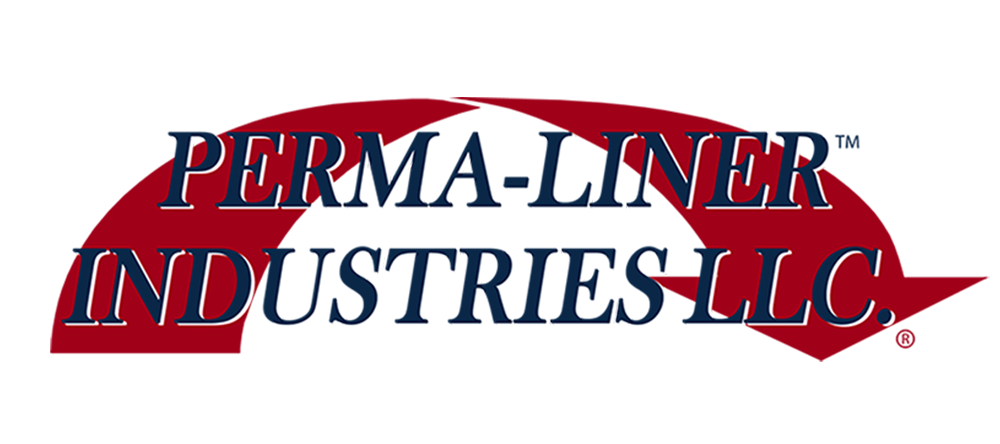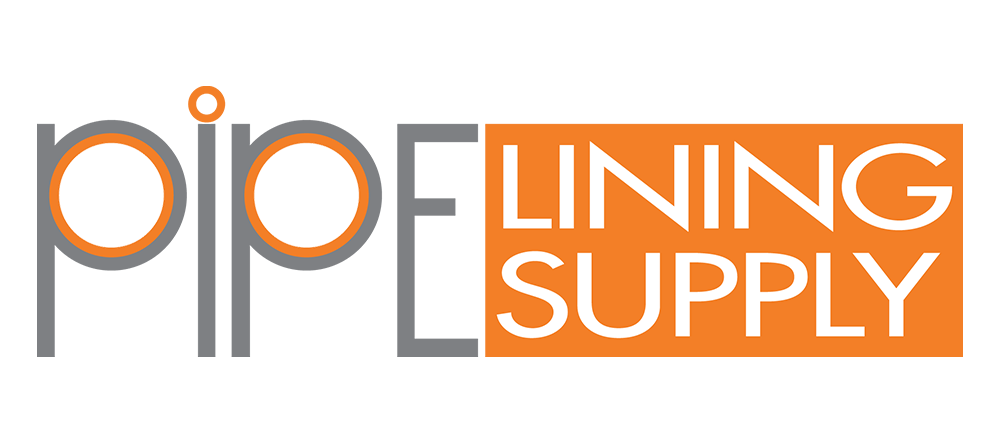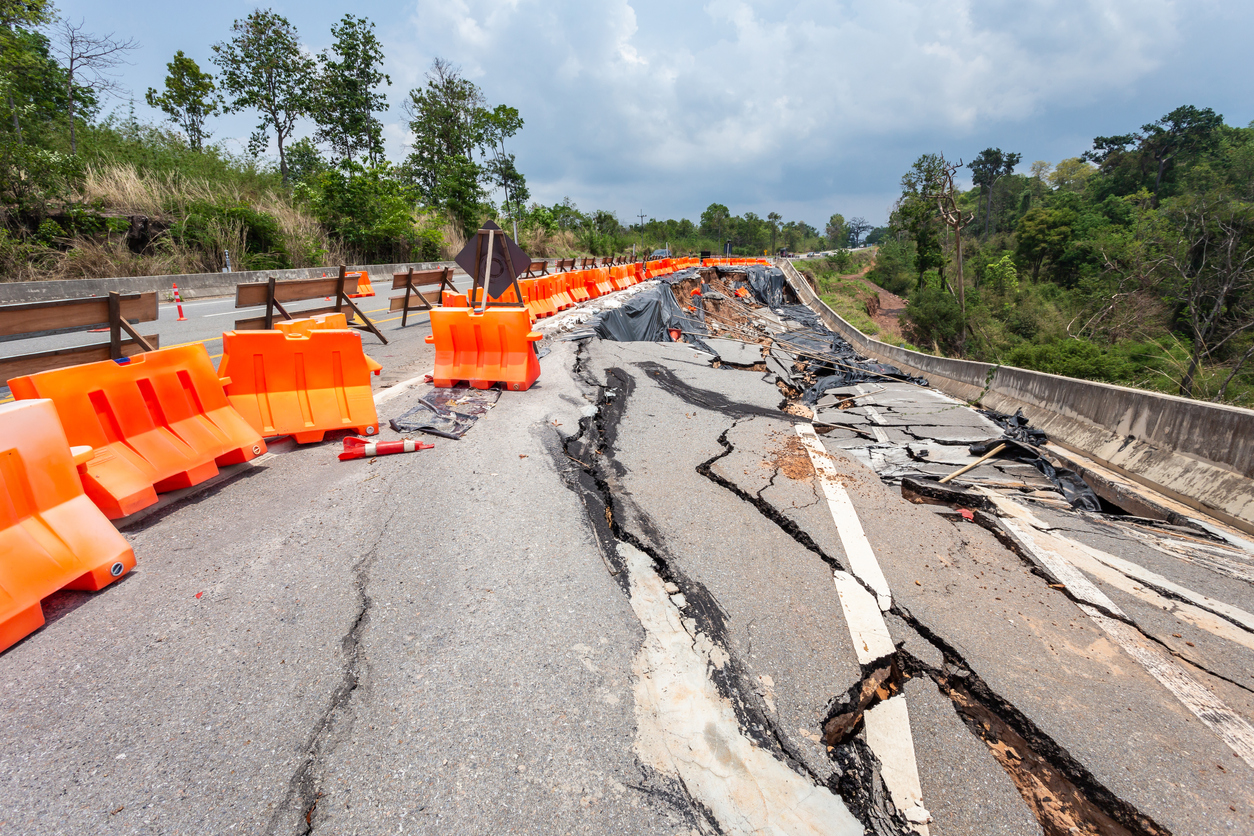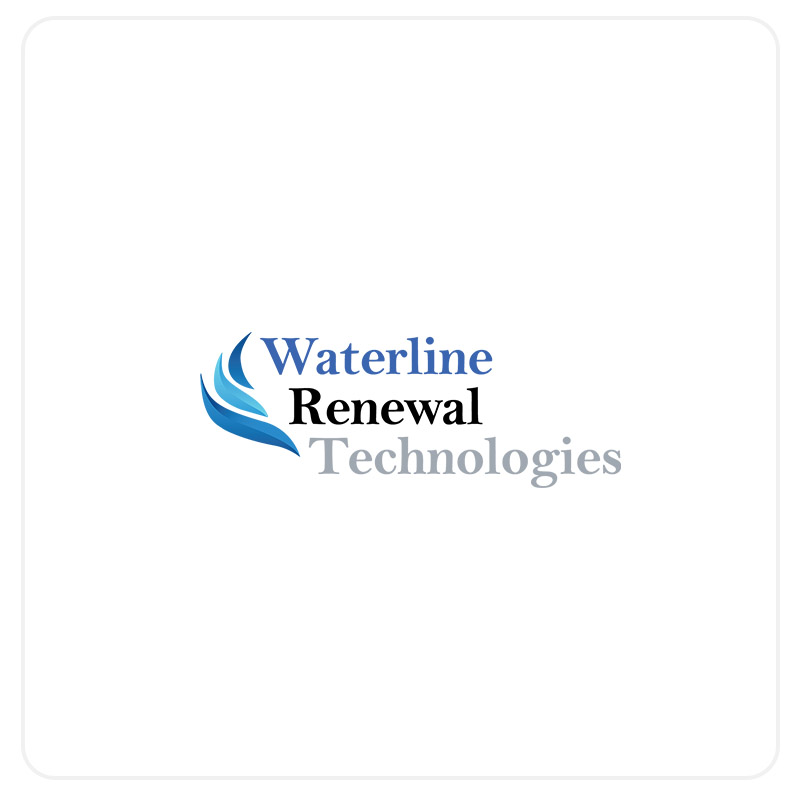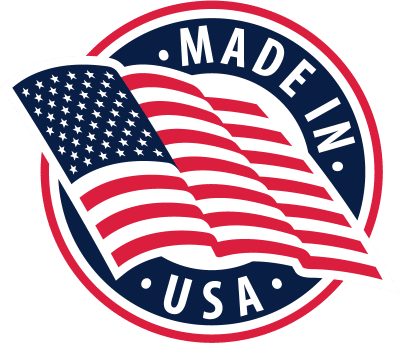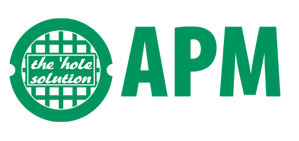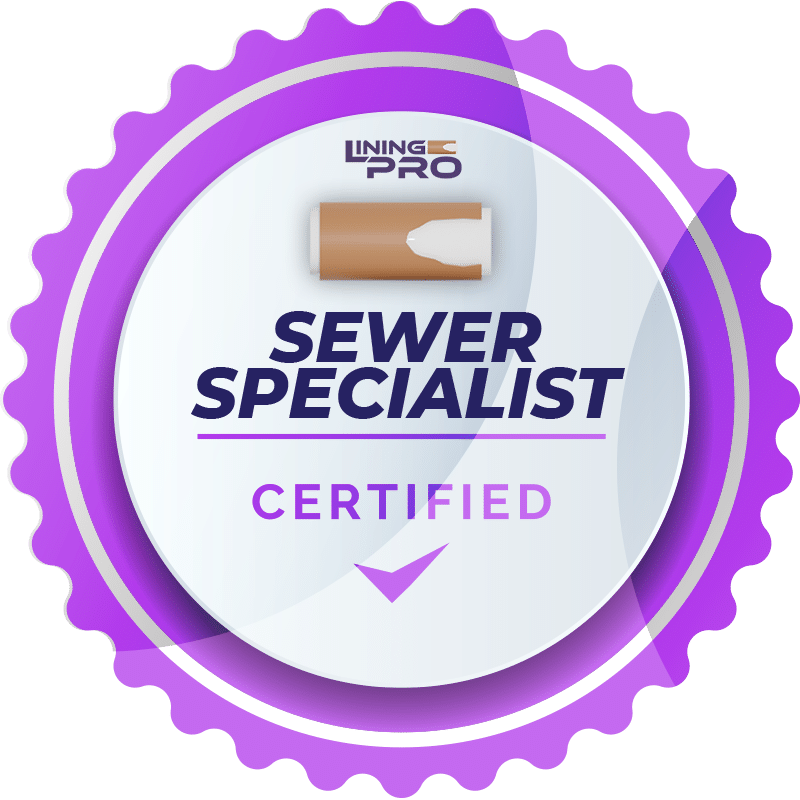If we believe what the U.S. Geological Survey says, the Hayward Fault should be producing a very large earthquake, which would have a horrific effect on the water infrastructure for more than 1.4 million people.
The most recent experience of this type of earthquake in the area was in 1868. Yes, more than 150 years ago. The population was slightly lower. The local water district is constantly worrying about this possibility.
The East Bay Municipal Utility District is in charge of more than 4,000 miles of pipe in its service area and experiences approximately 900 main line breaks a year. In 2014, they took steps to address these issues through the Pipeline Rebuild Program.
Before 2014, pipelines were being replaced at about 10 miles per year. With more than 4,000 miles of pipeline in the area, we’re talking more than 400 years to replace and repair. Let’s say hello to year 2419. Now, they’re replacing pipes quicker thanks to the program. Last year, they replaced 17 miles and already this year, they’ve replaced 20 miles hoping for 40.
The bay area utility company was one of the first in the county to use AI (artificial intelligence) to seek risks in its pipes.
One pilot project the company worked on was using the CIPP method to reline two miles of pipeline. CIPP involves a resin-saturated felt tube made of polyester, fiberglass cloth or a number of other materials suitable for resin impregnation, which is inverted or pulled into a damaged pipe. It is usually done from the upstream access point (manhole or excavation). It is possible to invert the liner upstream (e.g. from the downstream access point) but this carries greater risk. It is possible to install a liner from the downstream access point, upstream to a blind end, however, this carries the highest risk of all the CIPP installation methods. Little to no digging is involved in this trenchless process, making for a potentially more cost-effective and less disruptive method than traditional “dig and replace” pipe repair methods.
Some of the pipes in the utility company’s area are more than a hundred years old, making CIPP method ideal for repairing breaks throughout the year.
If you are looking for information on protecting and repairing infrastructures, or for the nearest installer, contact Perma-Liner™ Industries today. Perma-Liner is the leading manufacturer and supplier of trenchless pipelining equipment and materials in North America.
For 20 years, we have developed systems to rehabilitate existing sewer systems without excavation. Our experience in the CIPP industry has allowed us to design, patent and manufacture state of the art technology in order for us to repair structures without excavation.
Failing Pipeline? Act now!
Our patented cured-in-place pipe repair systems provide you with a solution to failing underground sewer and pipelines. Our extensive line of trenchless pipe repair systems can rehabilitate pipes ranging from 2″ – 48″ in diameter.
In addition to our underground pipe repair solutions, we also offer a wide array of vertical pipe repair solutions for high-rises, simple residential applications or industrial and factory facilities.
If you have a failing pipeline please reach out to us and chat with one of our highly skilled relining experts. That call could save you thousands of dollars on your broken pipe repair project.




